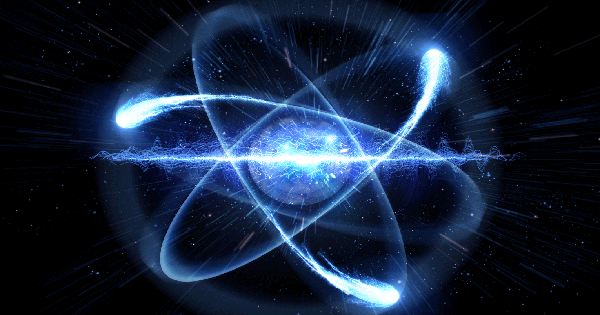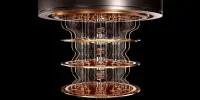According to media reports, scientists have now surpassed a critical milestone for the technology: taking more energy out than was put in. The US Department of Energy’s nuclear fusion laboratory was prepared to formally proclaim a “significant scientific breakthrough.” The news has the scientific community buzzing, as some believe nuclear fusion to be the energy of the future due to its lack of greenhouse gas emissions, minimal waste production, and lack of risk of nuclear accidents.
The energy of the stars: The method now utilized in nuclear power plants, fission, is different from fusion in that it fuses two atomic nuclei as opposed to dividing one. In actuality, the sun is propelled by fusion. When two light hydrogen atoms collide very quickly, they combine to form the heavier element helium and release energy in the process. The author of “The Star Builders,” physicist Arthur Turrell, stated on Twitter that “manipulating the power source of the stars is the biggest technological challenge humanity has ever undergone.”
Two distinct methods: Only by heating stuff to extraordinarily high temperatures—more than 100 million degrees Celsius—can fusion reactions be produced on Earth (180 million Fahrenheit). “Therefore, we must devise strategies to keep this highly hot stuff separate from anything that can cause it to cool. This is the containment issue “Project manager at the French Atomic Energy Commission (CEA), Erik Lefebvre, told AFP.

One approach is to use magnets to “confine” the fusion reaction. Deuterium and tritium, two light hydrogen isotopes, are heated in a sizable donut-shaped reactor to the state of plasma, which is an extremely low density gas. The atoms clash and start to fuse as the spinning plasma gas is contained by magnets, keeping it away from the chamber’s walls.
Inertial confinement fusion is a second technique that involves concurrently directing high-energy lasers into a hydrogen-filled cylinder the size of a thimble. While magnetic confinement aims to resemble potential large-scale reactors, inertial confinement is used to illustrate the physical concepts of fusion.
State of research: The goal of “net energy gain,” which is when the fusion reaction produces more energy than it requires to start, has been pursued by scientists for many years. The Financial Times and the Washington Post have reported that the NIF will declare that to be an “important scientific breakthrough” on Tuesday. Before “a demonstration on an industrial scale that is commercially viable,” Lefebvre warns, “the road is still extremely lengthy.” According to him, it will take another 20 or 30 years to finish such a project. To get there, scientists must first boost the lasers’ productivity and do the experiment more frequently.
Fusion benefits: The scientific community is quite excited by the NIF’s alleged success and believes the technology might revolutionize the world’s energy generation. Fusion doesn’t run the risk of nuclear catastrophes like fission does. The reaction will just end, according to Lefebvre, “if a few lasers are absent and they don’t go off at the proper time, or if the containment of the plasma by the magnetic field… is not ideal.” In addition to emitting significantly less radioactive waste than conventional power plants, nuclear fusion also produces no greenhouse emissions. Fusion could be “a future answer for the world’s energy challenges,” according to Lefebvre, who calls it “an energy source that is fully carbon-free, generates very little waste, and is intrinsically extremely safe.”















